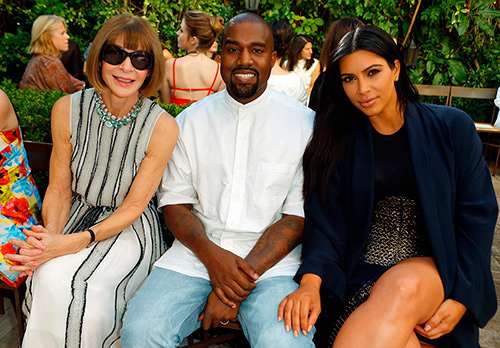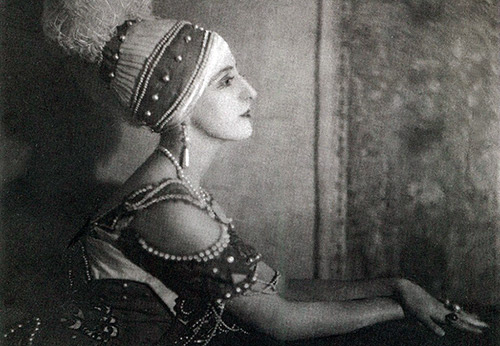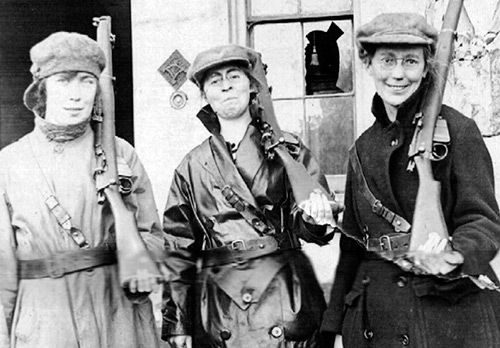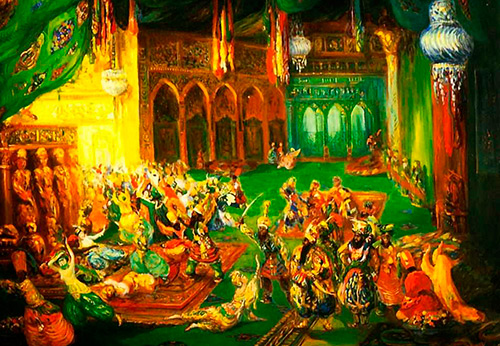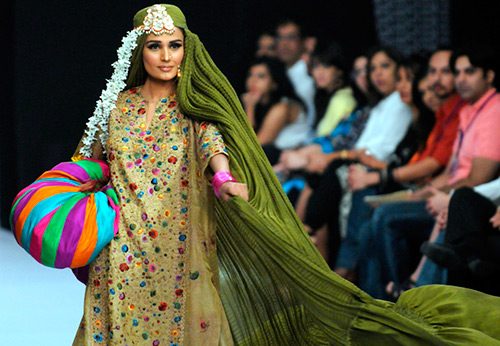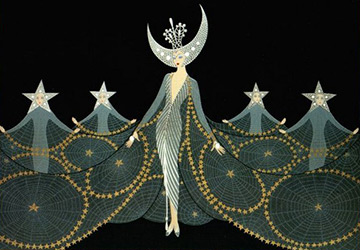Fashion history
Fashion and style in 1908-1914 - the era of Paul Poiret
Fashion is always influenced by both social and political reasons. And at the beginning of the twentieth century, more precisely for the period 1908-1914. the stage art also had a great influence on fashion. At that time, operettas, theatrical performances, revues, cabarets and other forms of entertainment suggested new types of clothing.
Dancer Isadora Duncan, an American by birth, arrived in 1900 and conquered Europe with her dance, thereby having a great influence on the tastes of her contemporaries, and probably did much more than any couturier. In antique tunics, she went on stage barefoot, her harmonious appearance and extraordinary plasticity in the rhythm of the dance captivated the audience and instilled a love of ancient simplicity. In living plastic, she was the embodiment of antique sculpture.
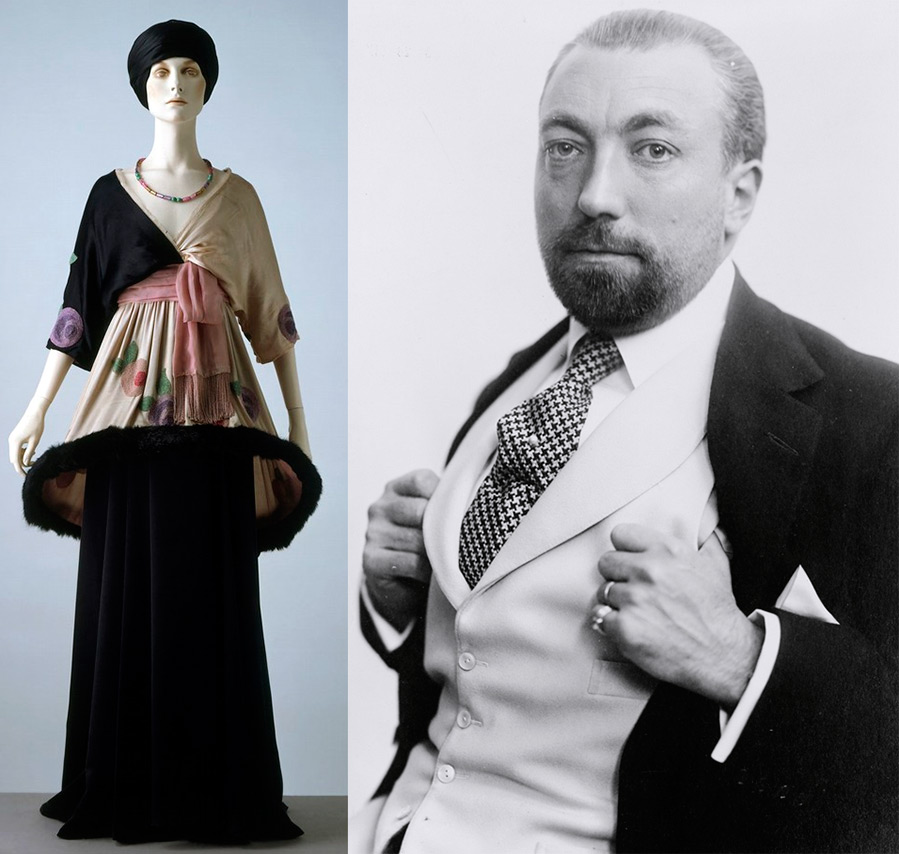
The author of fashion in these pre-war years was the famous couturier - Paul Poiret. Isadora Duncan's dances influenced the first Poiret costumes - they also had an antique character. It was he who started the fight with corsets.
The rich forms of the silhouette of the suit and dresses of the Art Nouveau style, equipped with a variety of decor, began to gradually be replaced by simple, light and slender silhouettes - dresses with a high waist and a straight skirt. Poiret finds the bust in front and the protruding butt just vulgar.
But not only dancers like Isadora Duncan, Mata Harry, Loyer Fuller helped Paul Poiret to liberate women with their dances with veils, showing everyone their flexible bodies, the revolution in fashion was caused by the tour of the Russian Ballet, which took place in Paris in those years.
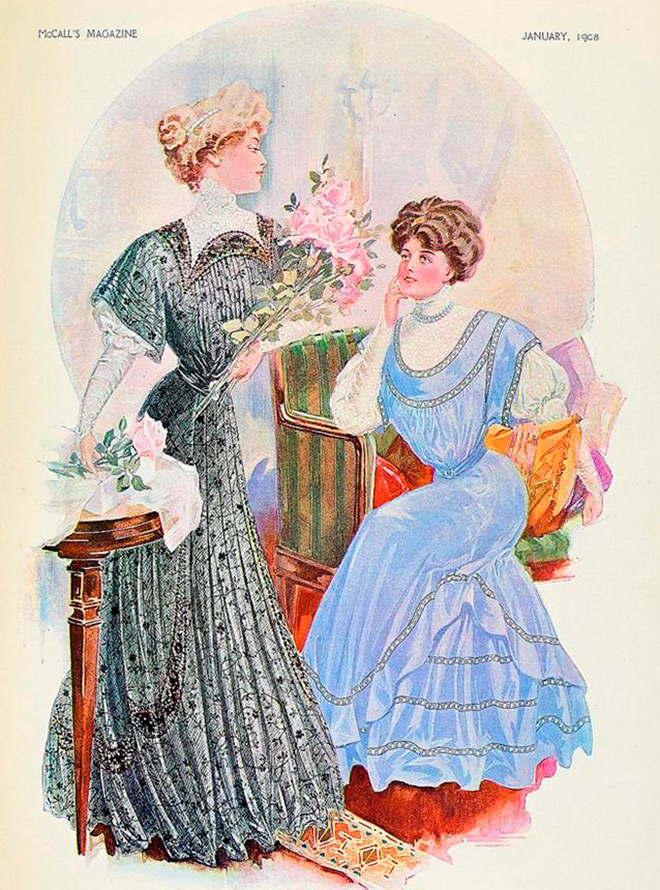
1908-1909 years
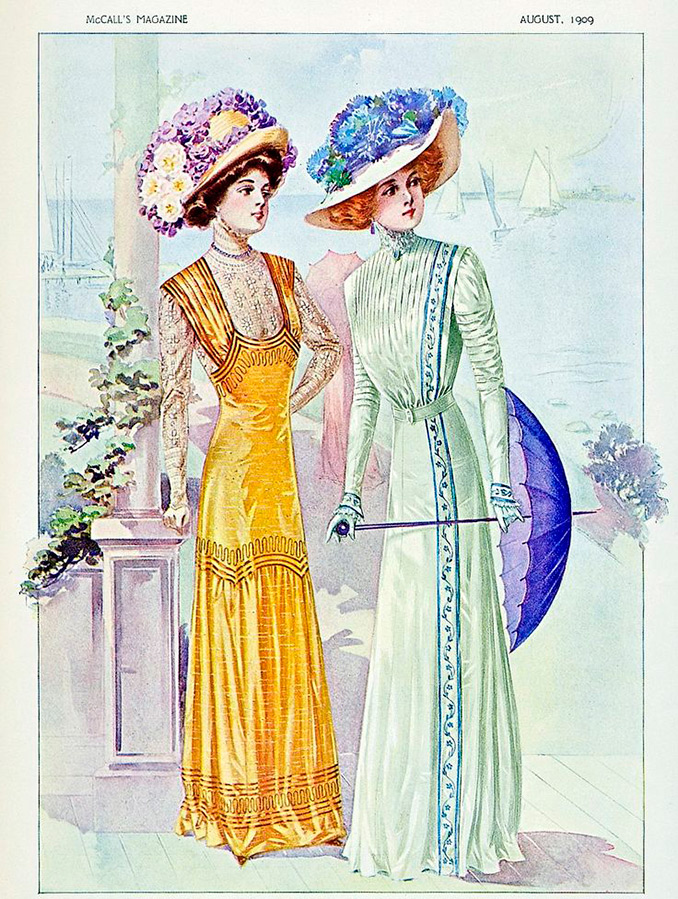
And even earlier, S. Diaghilev organized an exhibition of Russian art in the same place in 1906. All of this dramatically changed fashion. Europeans saw the brilliance of the oriental flavor with its stunning colors - orange, blue, red, yellow ... Russia itself was presented by many people of that time as part of the East. Russian ballet, Bakst's fiery colors, Russian artistic ideas conquered the Parisians, and the fashion of this era conquered Paul Poiret. This era can be boldly called the era of Paul Poiret.
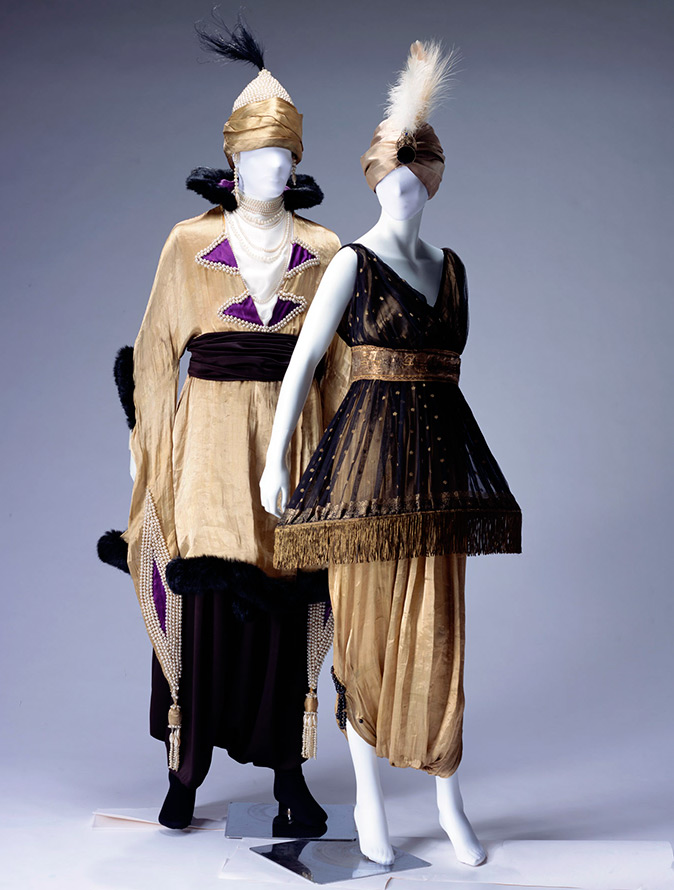
Freeing the woman from the corset, Paul Poiret abolished all the accents that the corset created on the waistline, hips and chest. This is how a slender vertical silhouette turned out. He replaced the corset with a flexible bra and a suspender belt. All this allowed the woman to look more youthful and agile. Poiret gathered around him the most talented artists, illustrators, designers such as Paul Iribe, Georges Lepap, Erte (Russian emigrant), Georges Barbier, Mariano Forteny, Raoul Dufy, André Derain and many others.
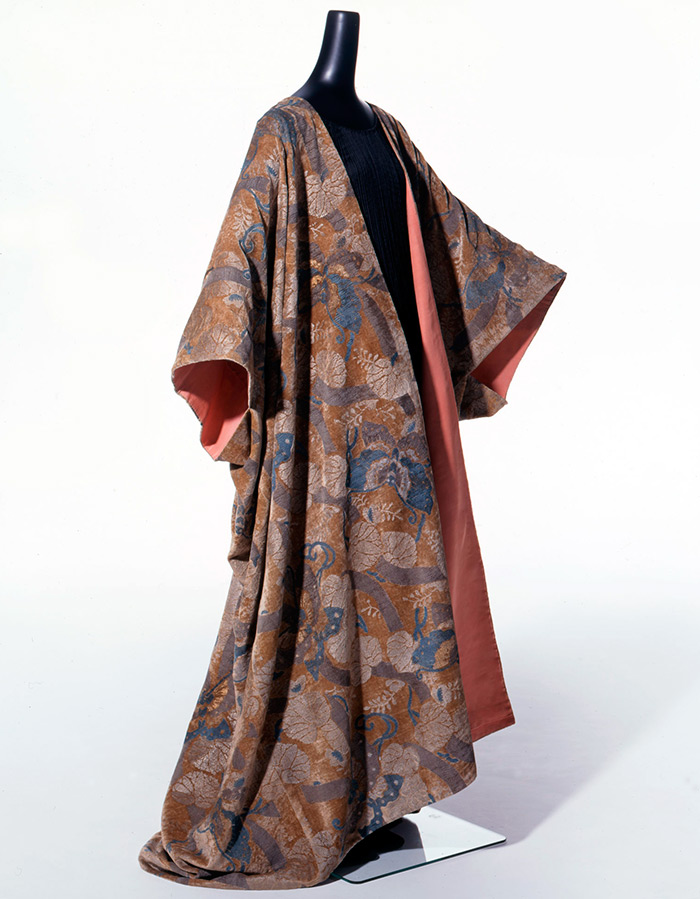
Mariano Fortuny treated the invention of outfits as a work of art and always began work with the selection of fabrics that he created himself. He selected patterns and shades, dyed fabrics, studied Japanese methods of drawing in detail. Forteni created a pleated Delphos dress that accentuated the natural beauty of a woman's body and patterned outfits. It was these works that became the hallmark of his company.
Mariano Fortuny studied motifs and prints of Cretan, Japanese fabrics, Islamic style, and drew inspiration from the works of Venetian painters. His outfits were new and unusual, for that time too bold, but they were distinguished by special grace and made a real revolution in fashion. The Gallenga artist, fascinated by Forteni's outfits, also became interested in fashion design and began modeling dresses in the spirit of the Middle Ages, using formulaic prints.
If we trace the main stages of the change in the female silhouette in this short period, we will see:
1908 year - a narrowed skirt without an accent on the hip line, a slight overestimation of the waist, the bodice is performed with wide kimono sleeves, from the old fashion of the Art Nouveau style, there is still a slouchy bodice over the belt and a stand-up collar.
1909 year - slender silhouette of semi-fitted suits with lapels and a small collar for a man's style, huge hats. After the Russian seasons, orientalism came into fashion. Europeans discovered the mysterious countries of the East. Fantastic costumes and vivid performances of "Scheherazade", "The Rose Fairy", "Petrushka" and many other performances of the Russian seasons have become a significant event in the history of fashion.
1910 – 1911 - high waist, narrowed skirt, kimono sleeves. A new invention has appeared - a corset for the legs. These are such peculiar ties just below the knees, which naturally were not visible for general viewing, but their main task was to make the woman's gait mincing, in order to resemble a Japanese geisha. In 1911, Paul Poiret organized a costume ball "1002nd Night", at which he presented his new collection, inspired by the oriental images of Japan, India and China. This ball was an incredible success, and Paul Poiret became the dictator of fashion.
1912 – 1914 - the popularity of tapered skirts was so great that women even went to them on long journeys. At this time, the popularity of tango also arises, but the confusing movements of the skirt do not bother anyone, they are simply draped and cut. At that time, the American couple - actress Irene Castle and her husband Vernon gained fame for their incendiary performance of this dance. They toured America and Europe, performing tango on stage, and soon the love for the new dance swept the whole world - an unusually sensual dance and beautiful music and rhythm excited all the strings of the soul.
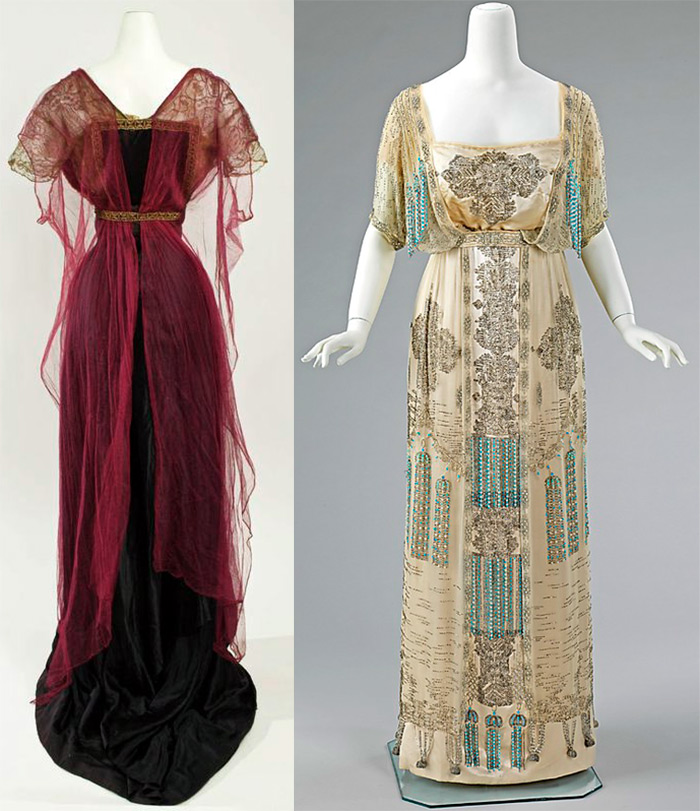
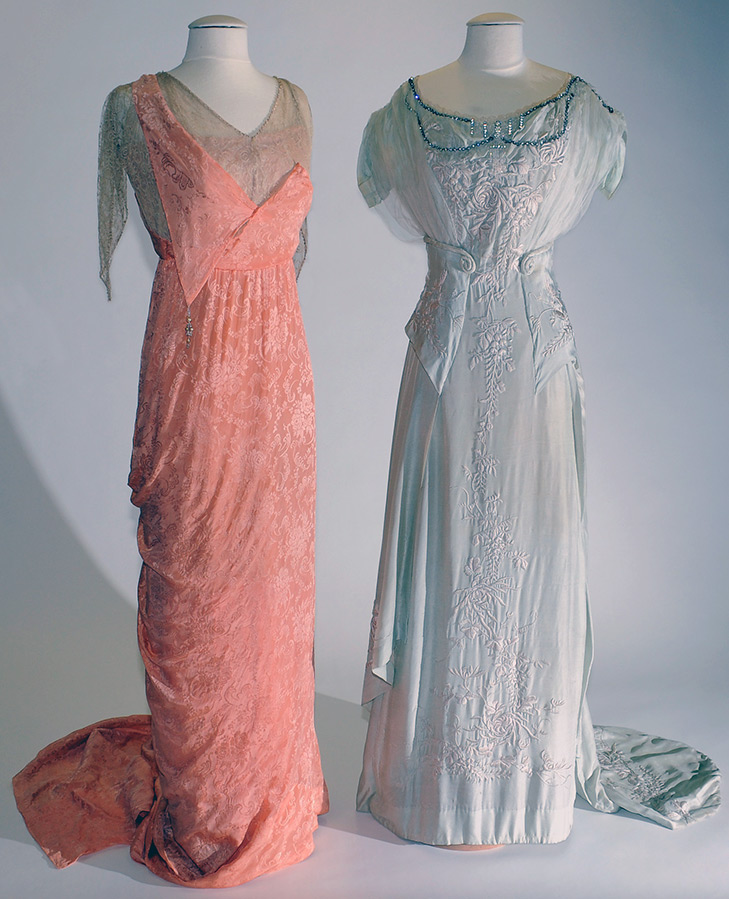
Gorgeous Vera Cold, a silent film actress, and pop singer Alexander Vertinsky, invited to a concert for the wounded at a military hospital, danced tango so elegantly and infectiously that the enthusiastic audience, all who could, to whom it was available, danced until dawn.
And then for a long, long time - years and decades passed, and tango excited and made the hearts of many people tremble ...
But let's return to the era when women of fashion all over the world were subordinated to the power of Poiret. Creating new shapes and silhouettes, Paul Poiret uses oriental motifs, cut, he introduces tunics, draperies, a turban with an egret, a harem skirt.
In addition, Poiret made out the original forms of other national costumes - a Cossack hat, Hungarian sleeves, a Russian jacket and many other elements of clothing, thanks to which a tunic blouse, a lampshade skirt, an evening coat with a kimono sleeve, covered in gold and silver, a skirt were created. -a bag. All this was with exotic contrasts, bold colors combined with soft and flexible fabrics.
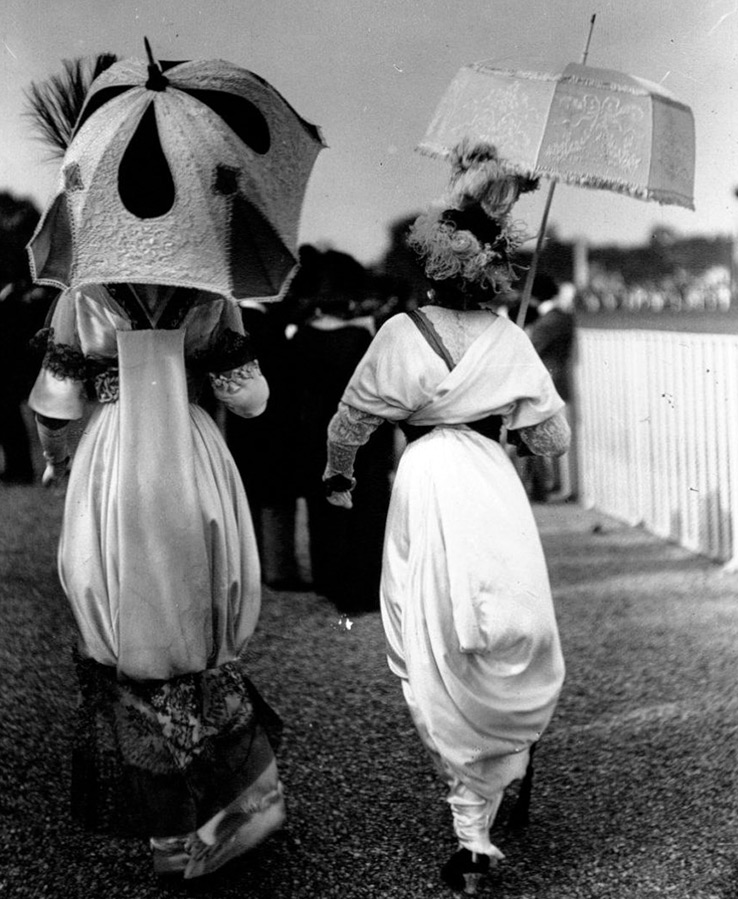
Oriental images also influenced the design of accessories - an umbrella and a fan in this era became indispensable accessories for a lady. The lighter and almost airy shape of the umbrella added sophistication and elegance to the image. These accessories, especially the fan, were used by Poiret and Jeanne Paquin to advertise their homes.
Jeanne Paken back in 1906 presented her collection of clothes in empire style, that is, a little before Poiret became famous for his antique clothes. Paken was ahead of a fashion dictator and a cape with kimono sleeves, but the modest woman preferred to stay in the shadows all the time, at a time when male designers were gaining fame and becoming stars.
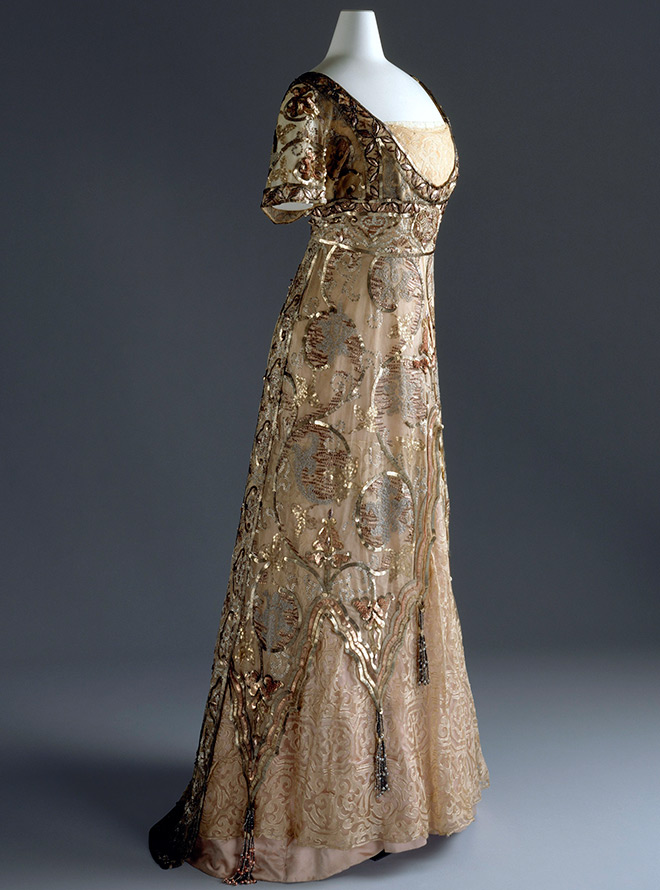
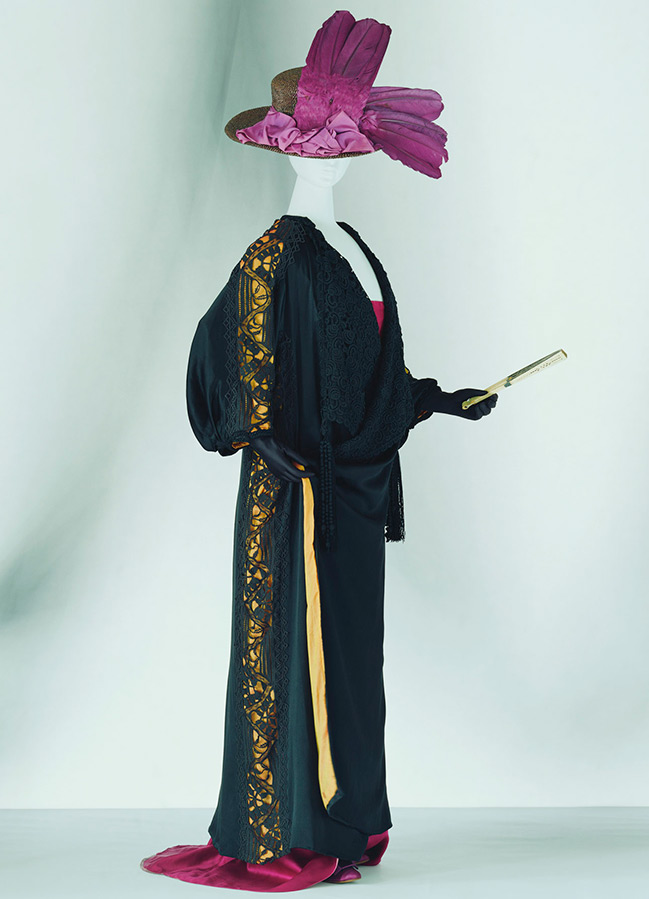
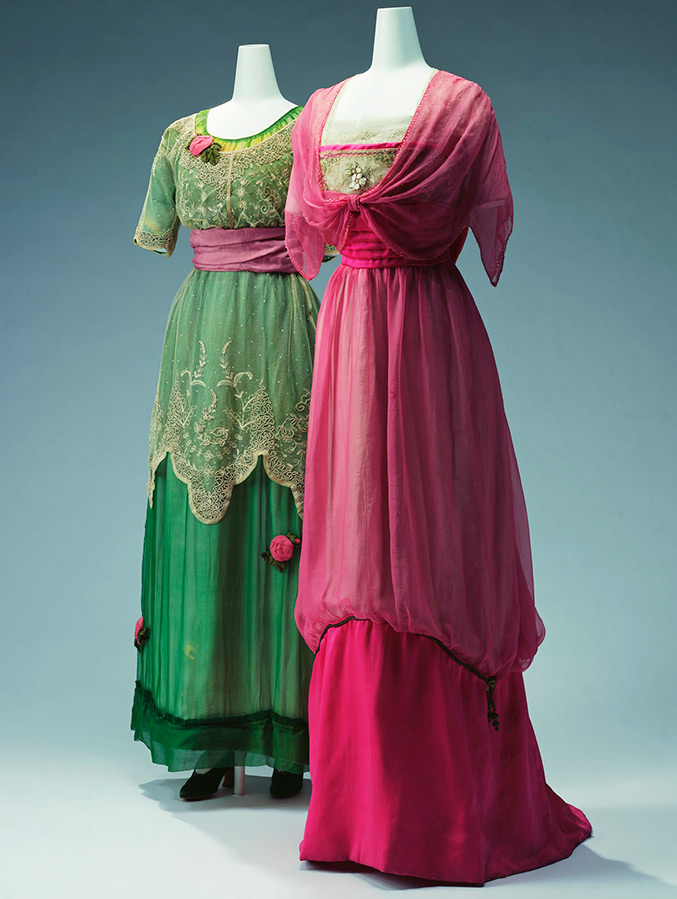
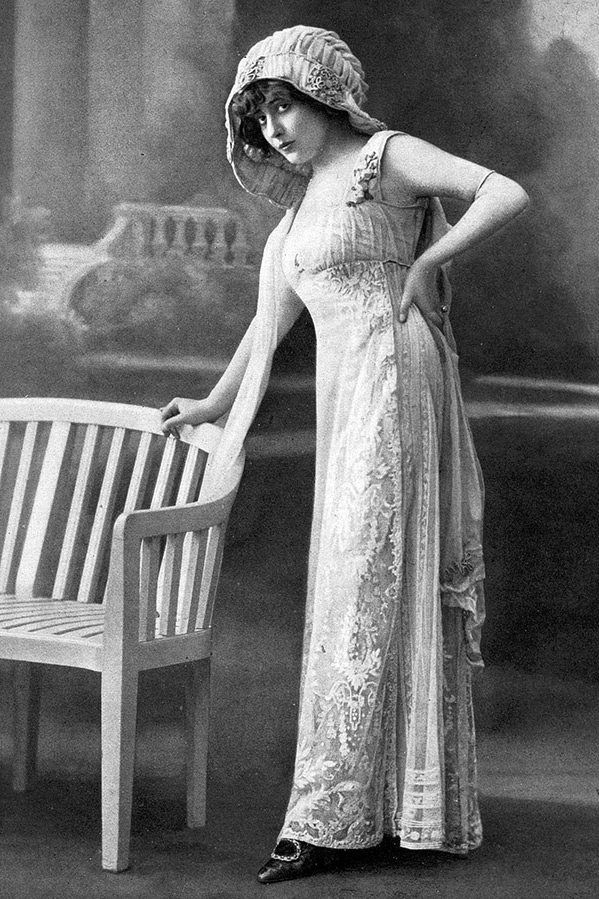
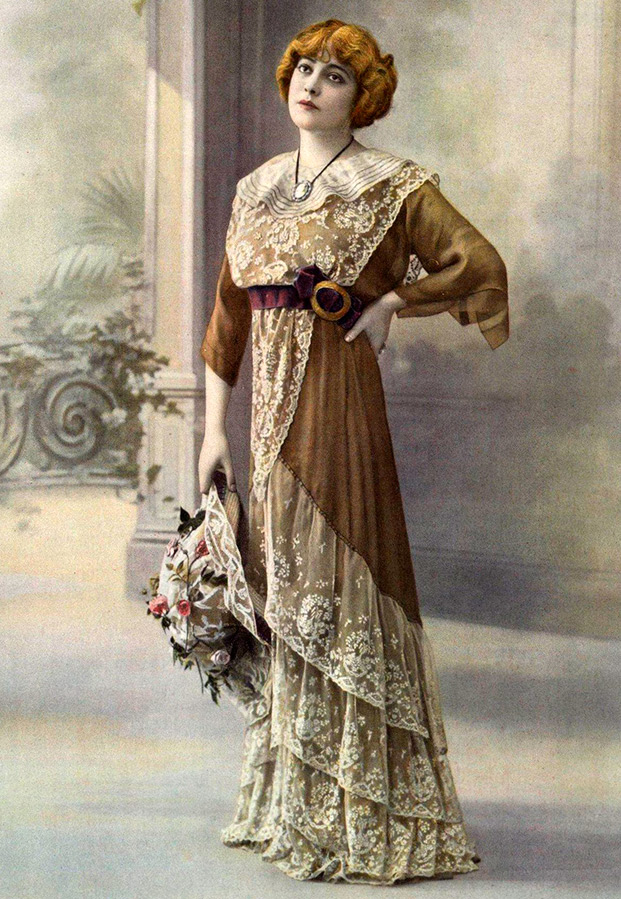
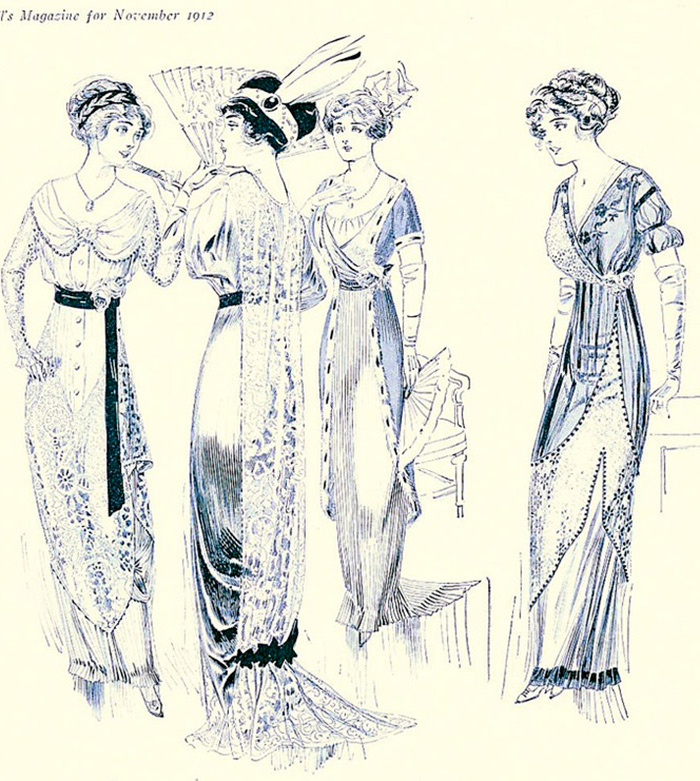
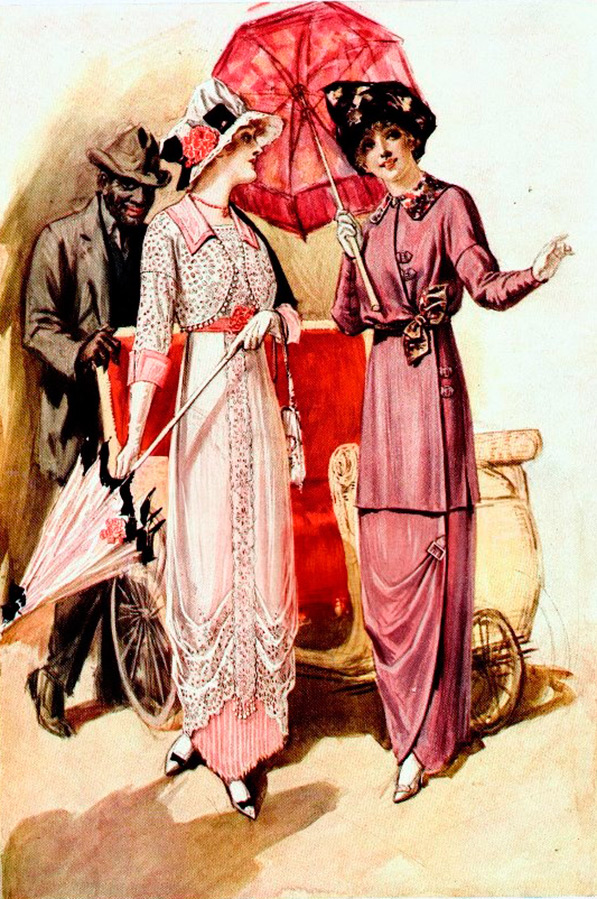
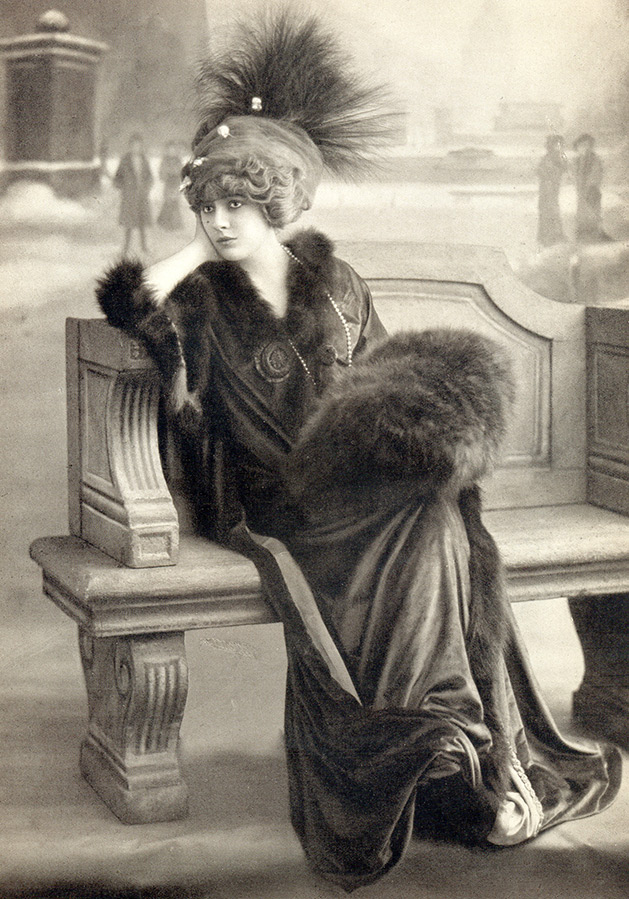
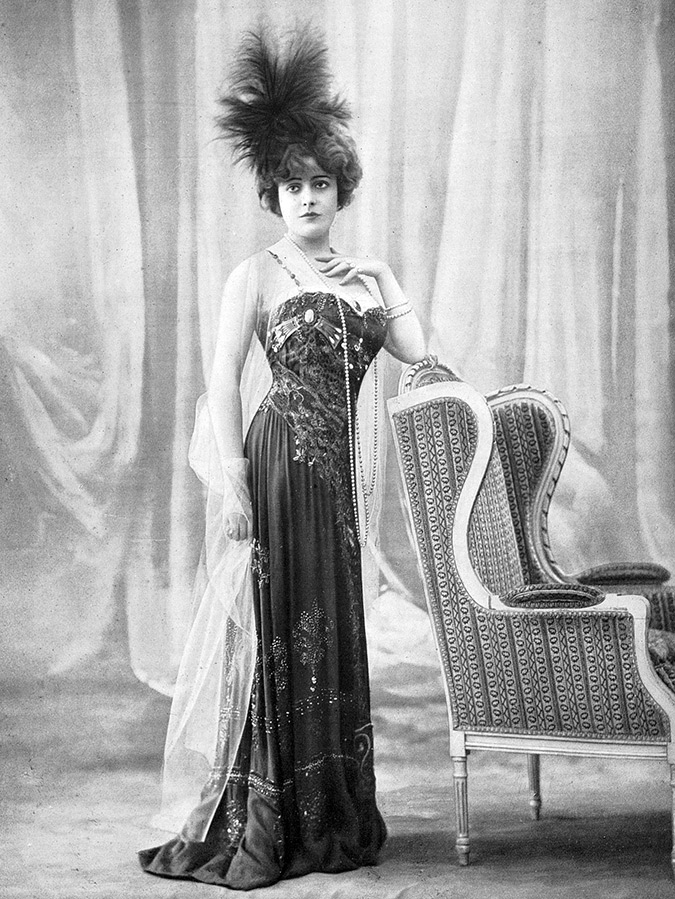
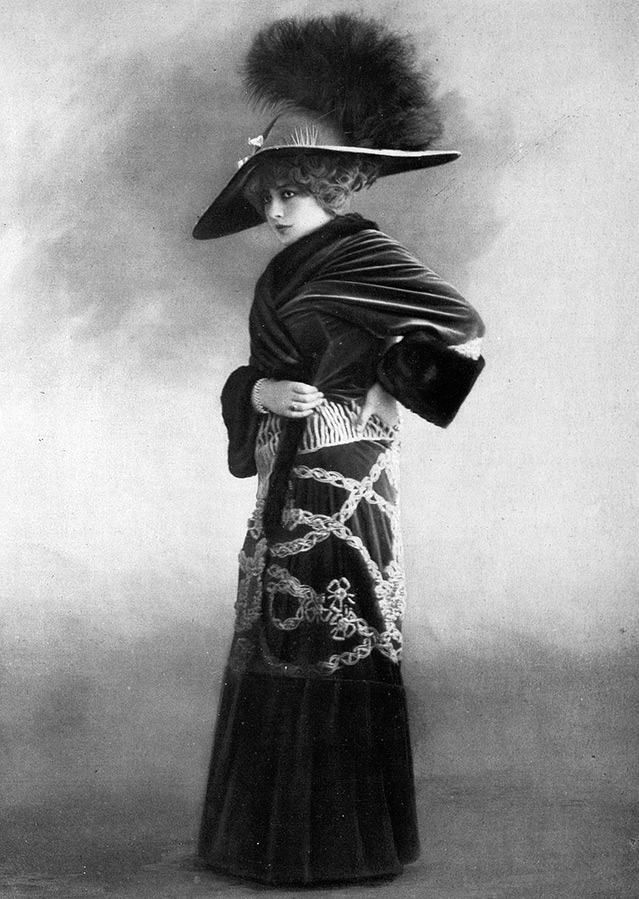
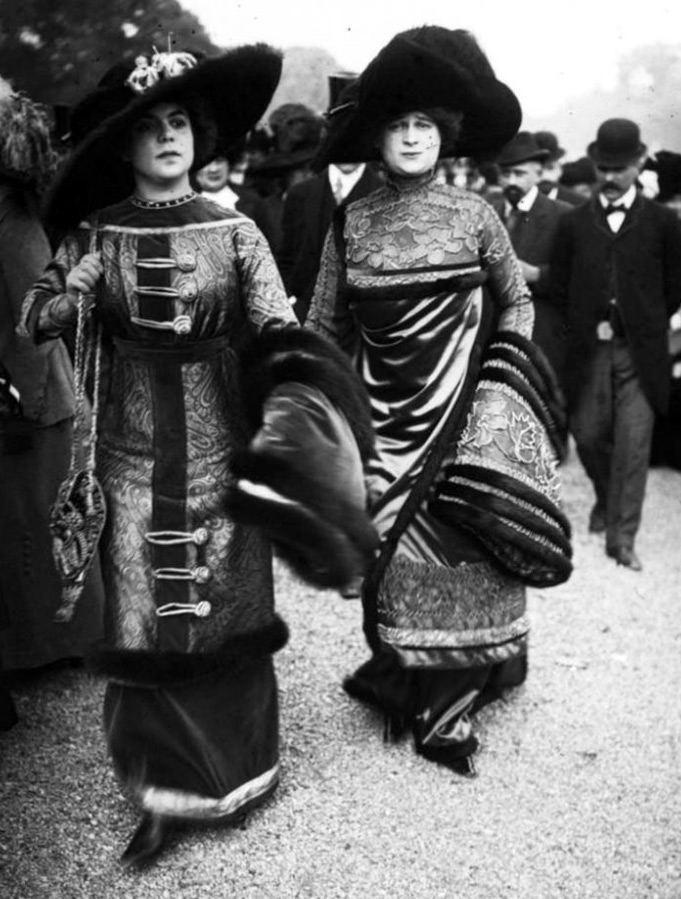
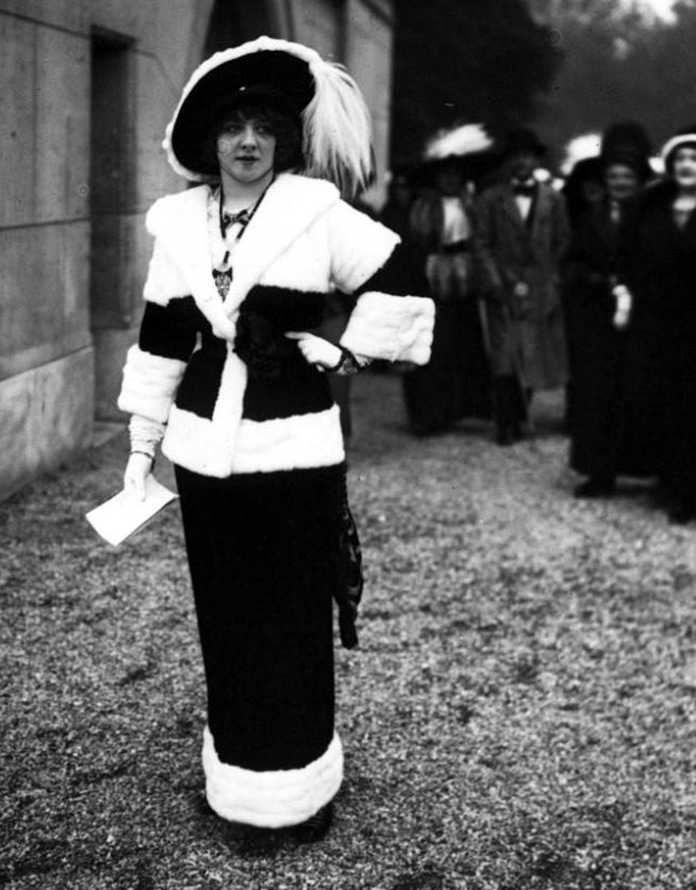
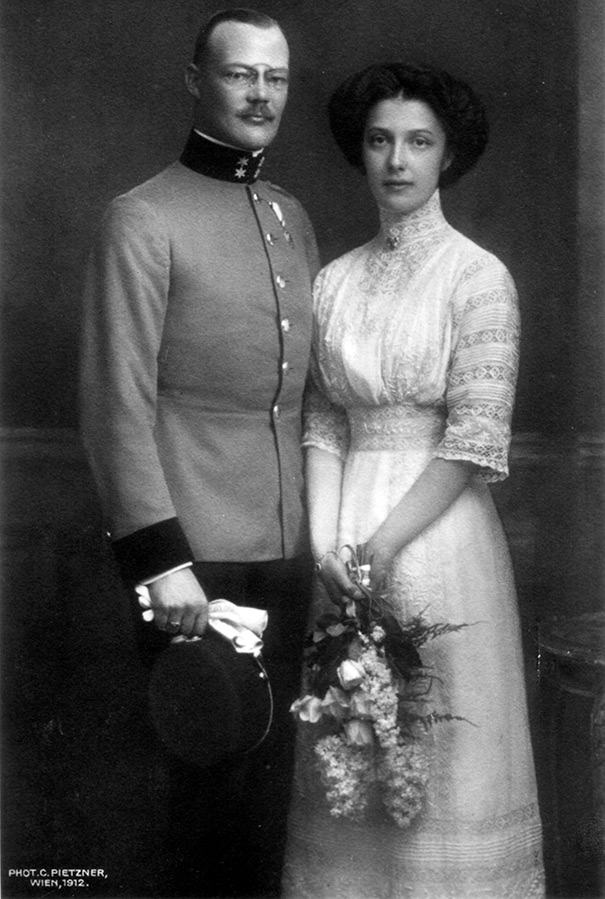
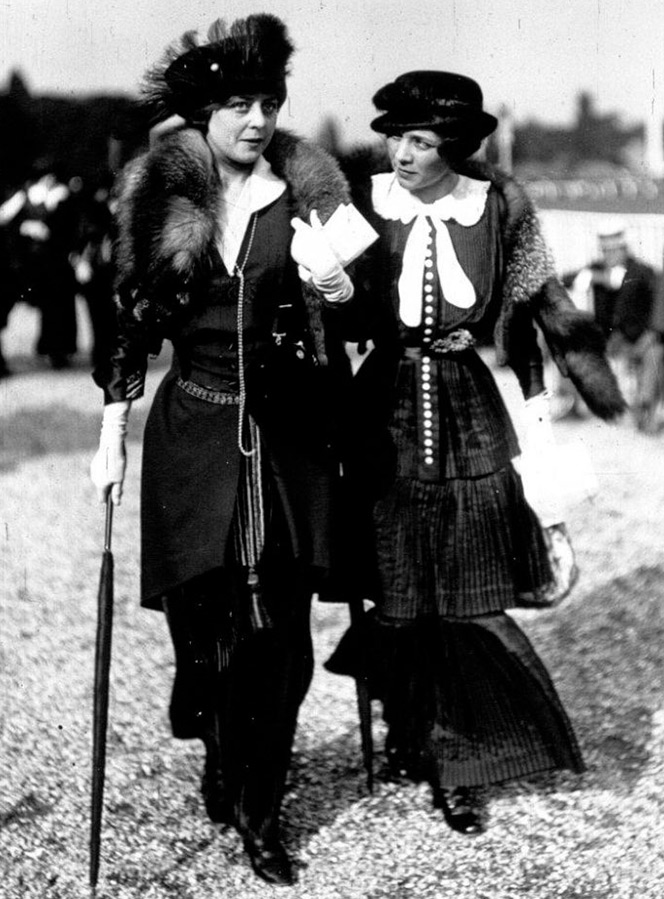
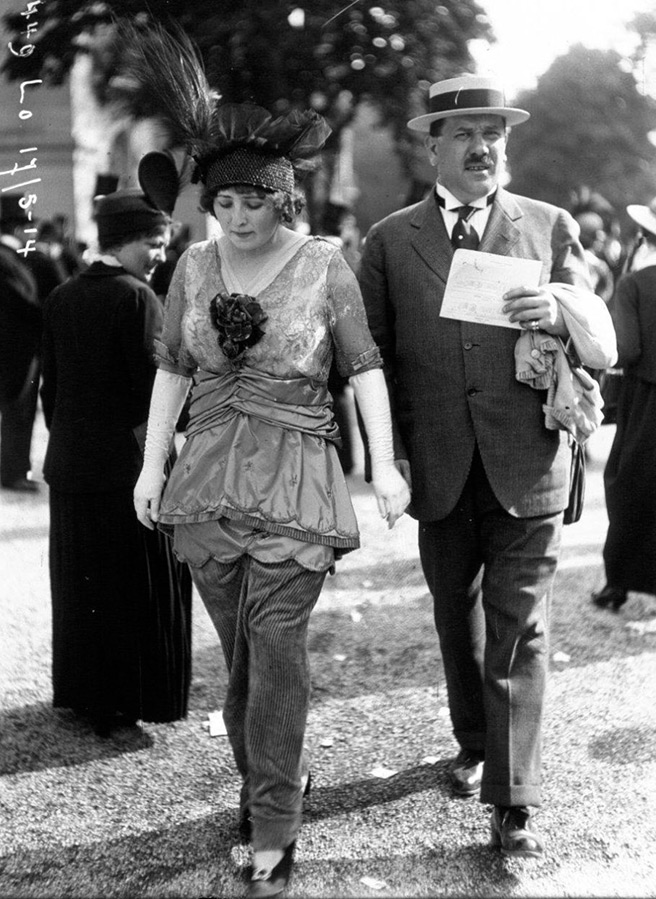
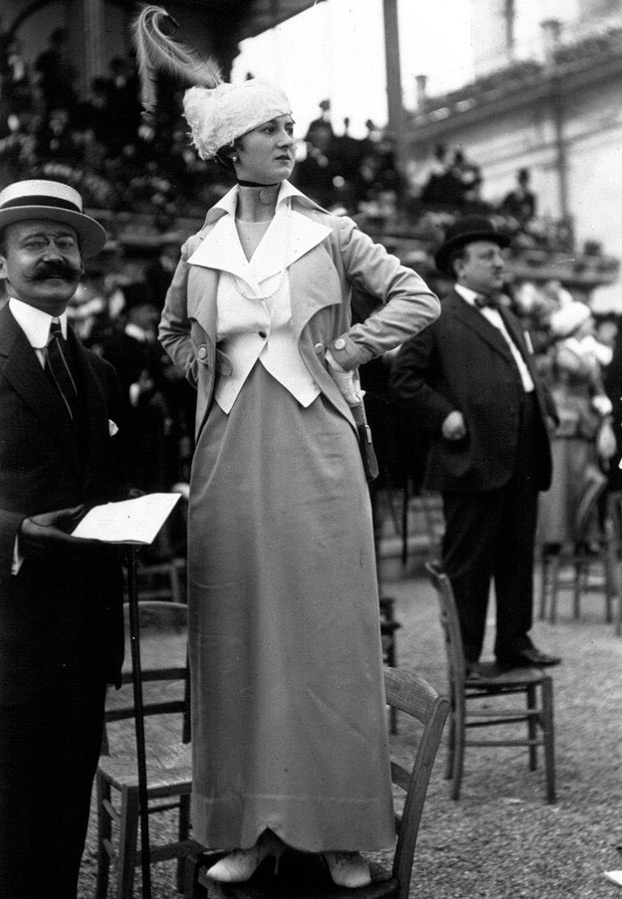
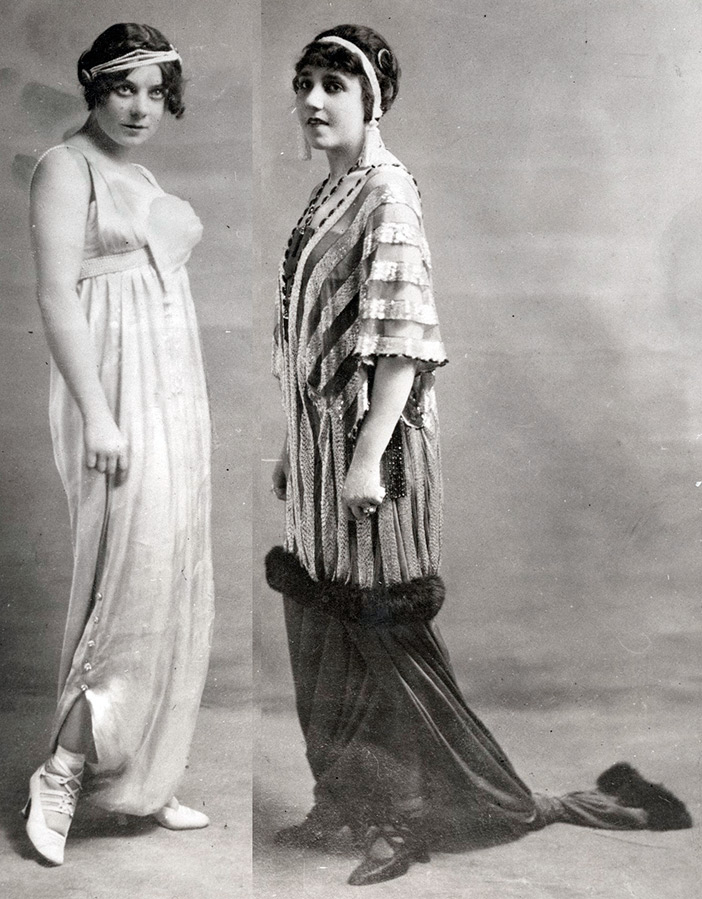
The period 1908 - 1914 can be characterized by the search for something new, and the fashion of that time clearly reflected the political situation, the development of social movements and the struggle of women for equality. “The turban descends obliquely to the very eyebrows, a swaying egret, a skirt draped and squeezed legs.Eyebrows drawn in pencil, hand on hip, belly forward - this is the woman who dresses at the sultan of fashion and walks with dancing steps towards the world catastrophe.
1914, August 1 - volleys of the outbreak of the First World War thundered, everything changed, and with it the fashion also changed.
Comments and Reviews
Add a comment
Rating news
Shades of clothing that make women look younger
What shades of hair make women younger: rules and photos
Funny wedding dresses - photos and ideas
12 most expensive down jackets for the winter
How to look 25 at 40: tips from supermodels
Beautiful schoolgirls
Anti-aging haircuts and hairstyles for women
Fashionable skirts for autumn and winter
Fashionable women's trousers for the cold season
Fashionable and stylish sandals for summer 2024
Spring-summer 2024
 Fashionable dresses and tops with thin spaghetti straps
Fashionable dresses and tops with thin spaghetti straps
 Bandana tops: how to wear stylishly and beautifully
Bandana tops: how to wear stylishly and beautifully
 How to put together the perfect men's wardrobe for the summer
How to put together the perfect men's wardrobe for the summer
 Fashionable shorts for spring-summer 2024
Fashionable shorts for spring-summer 2024
 Fashionable skirts for spring-summer 2024: a guide to online shopping
Fashionable skirts for spring-summer 2024: a guide to online shopping
 The most fashionable dresses spring-summer 2024: styles and colors
The most fashionable dresses spring-summer 2024: styles and colors
 Fashionable total look 2024: ideas of images and trends
Fashionable total look 2024: ideas of images and trends
